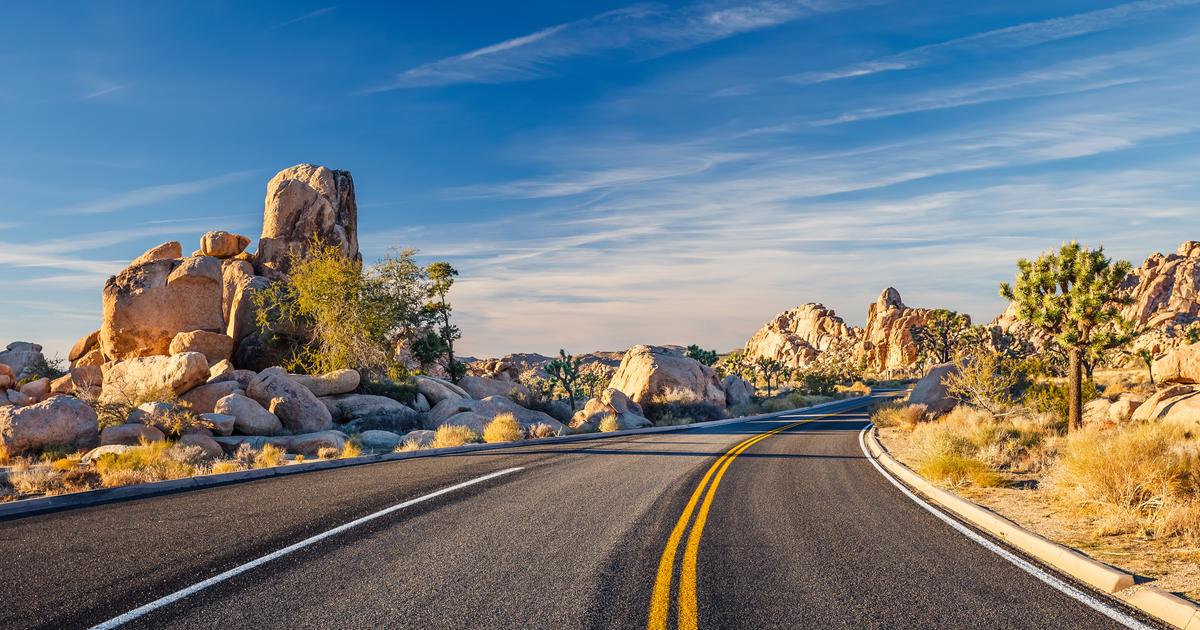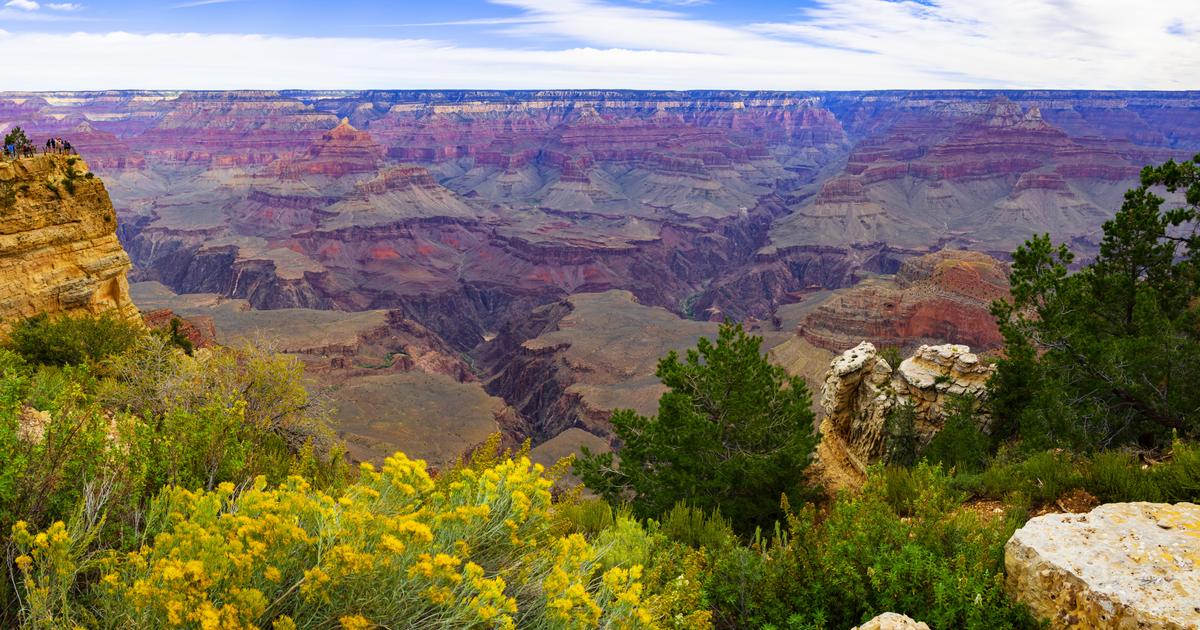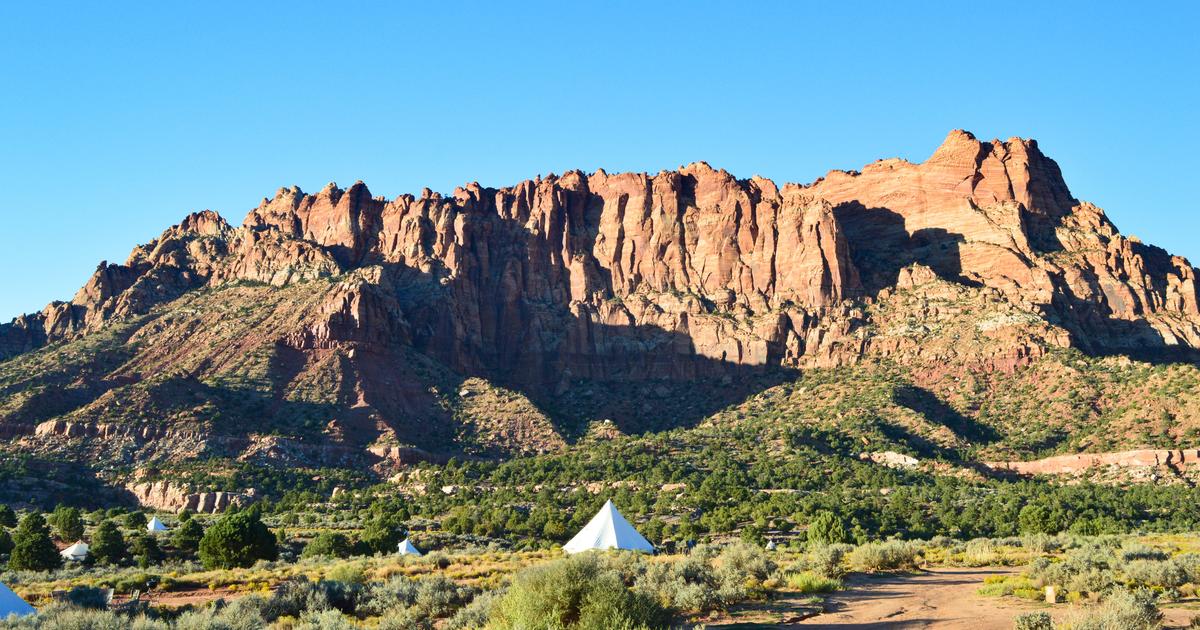“This is the story of a man, three women and a treasure.
The revolution was that of Mexico in the times of Emiliano Zapata and Francisco Villa”.
This is how Revolution
begins
(Alfaguara 2022), the latest novel by Arturo Pérez-Reverte.
Almost 500 pages of fable around one of the historical climaxes of the 20th century.
Effort of titans, not the Revolution itself (which also), but the fact of reconstructing the speech and manners of peasants from a century ago in a remote territory.
Apart from the lexicon, where the writer moves like a fish in water is in the language of weapons and the landscape of death thanks to his years as a war correspondent.
The author confines himself to the northern scene of the Revolution, the Mexican State of Chihuahua, and the figure who embodied the revolt there: Pancho Villa.
Precisely the centenary of his assassination —he died in an ambush on July 20, 1923— has led Mexico to declare this as The Year of Pancho Villa.
Many have preceded Reverte in his endeavor.
Writers of stature, such as Steinbeck, Faulkner, Graham Greene... And, above all, filmmakers.
Villa himself signed a contract with a production company belonging to the great Griffith, in 1914, to film episodes of his fight, playing the lead himself (and charging extra for filming live executions).
In 1934, another great, Howard Hawks, signed a hagiographic tape,
¡Viva Villa!
, with beautiful black and white images.
The next year,
Let's go with Pancho Villa
included the music of the classic Silvestre Revuelta —and an epilogue so cruel that it was omitted in the recent restoration of the film.
Villa Cabalga
, from 1968, was a western famous for its stellar cast —but shot in a town in Toledo, next to the Alberche river, pure cardboard.
There are more than a dozen famous films about Pancho Villa —Emiliano Zapata was satisfied with Elia Kazan's masterpiece
¡Viva Zapata!
(1952)—.
The University of Mexico has collected and discussed archival footage of the Revolution in the splendid
The Power of a Look
(2019).
The Mexican Revolution was achieved thanks to the force of Pancho Villa from the north and Emiliano Zapata from the south.
Chihuahua, in the north, is the largest of the 32 Mexican states, bordering the United States —the Rio Grande, or Rio Grande, is the border—, and always news.
A territory as large as half of Spain.
But empty, barely inhabited by four million souls, half spread between Ciudad Juárez and the capital, Chihuahua.
Former Apache territory, it is a desert not made of sand, but of infinite plains, hills and mountains: to the west, the spine of the Sierra Madre that supports a good part of America takes on drama in the Copper Canyon, one of the landscape assets of the awakening of tourism in the region.
Aerial view of the Plaza de Armas and the cathedral of the city of Chihuahua (Mexico). Luis Gutierrez (Norte PHOTO / Alamy)
The jewels of the state capital
The city of Chihuahua, right in the center of this territory, does not reach one million inhabitants, and that is counting the new neighborhoods that rise up the nearby hills.
What is the colonial center can be covered on foot.
In the Plaza de Armas, the reddish baroque cathedral, with its crude figures, watches over the lazy passing of the days.
Opposite, two historical buildings, almost contemporary: the Government Palace (from 1882) and the Federal Palace or Casa Chihuahua (1910).
It is convenient to start with the latter, since in its foundations it preserves the dungeon where the priest Hidalgo, one of the "fathers of the country", waited four months to be shot.
We are talking about 1811, when that territory was called Nueva Vizcaya and the independence of Mexico was at its dawn.
Murals by the Mexican artist Pina Morales in the courtyard of the Chihuahua Government Palace.
Witold Skrypczak (Alamy)
Opposite, the Government Palace, a beautiful neoclassical building, has its cloister completely covered in murals (the Mexican artistic
vice
of the fifties) on heroes and myths of the Revolution.
There are not many old buildings in Chihuahua;
Among the most notable are La Casona, owned by Governor Luis Terrazas, an adversary and competitor of Villa (now a restaurant with the same name);
the so-called Quinta Gameros, a modernist palace converted into a cultural center;
or the Casa Villa Museum of the Revolution, which may well serve as a prologue to begin a route in the footsteps of the revolutionary.
By the way, when leaving the city, a statue of the actor Anthony Quinn dancing the sirtaki is surprising: it is that the protagonist of
Zorba the Greek
, who was called Manolo (Manuel Antonio Rodolfo Quinn) before emigrating to Hollywood, was born right here.
View this post on Instagram
A post shared by La Casona (@lacasonacuu)
Stop in Parral
Although Villa moved around a lot in the north —including some raids on the United States— his most visible traces are in the south of Chihuahua, especially in Parral, where he ended his days.
Pancho Villa was called Doroteo Arango.
Everything around his figure is quite nebulous.
Also the judgment of history: for some it continues to be a myth;
for most, he was just a bandit promoted to general.
A bandit who took to the mountains at the age of 16.
Until in 1910 he entered the Revolution.
Murderer, thief and bloodthirsty for some;
defender of the poor for his supporters.
He learned to read in prison, at the age of 33, with
Dumas's
The Three Musketeers .
He was six feet tall, weighed almost one hundred kilos, was married 75 times in different towns (although only 27 wives are documented) and had some twenty-something children.
In the city of Parral he was riddled with bullets on July 20, 1923. Four years earlier the same thing had happened to Emiliano Zapata, the caudillo of the south.
They were already getting in the way of the Revolution, which would end up becoming “institutional”, which is a tricky oxymoron.
In Parral, Villa has two museums, one in the house in front of which he was murdered;
and another, in the hotel that he had bought and where they took the remains of him and those of the other five occupants of the bullet-riddled Dodge.
Nearby, the world's largest equestrian sculpture, the size of a house, has been dedicated to him.
And in the local cemetery is his grave, and perhaps his remains.
Parral—or Hidalgo del Parral—grew when a Spanish ensign found a silver mine in 1640. The old mine, La Prieta, on Cerro de la Cruz, is now open to tourists.
A colonial chapel preceded the current cathedral, a recent and rough building.
On the other side of the square, the old Hospital of San Juan de Dios keeps the memory of a priest assassinated in the Cristero War (1924-1926, closure of churches and persecution of the clergy), so well narrated by Graham Greene in
The Power and the glory
.
Two palace-houses of the Alvarado-Griensen family (now museums) are preserved thanks to the fact that Villa forgave these landowners for having helped him as a young man.
Paquimé archaeological site in the town of Casas Grandes, north of the capital of Chihuahua.
Luis Gutierrez (North PHOTO / Alamy) (Alamy Stock Photo)
Parral is in the middle of the Camino Real de Tierra Adentro, which went from Mexico City to Santa Fe, crossing 60 sites, some as notable as Querétaro, Guanajuato, Zacatecas, Durango, Chihuahua, El Paso or Alburquerque.
This Camino Real, 1,400 kilometers long, has been a UNESCO World Heritage Site since 2010. One of its links, half an hour from Parral, is Valle de Allende: a small town stopped in time that preserves the color of the old Camino along which it was transported. silver and mercury, although its walls burst and dissolve, eaten by rain, weeds and oblivion.
Not everything is Revolution in Chihuahua.
To the north of the capital, the ruins of Paquimé (also a world heritage site since 1998), in Casas Grandes, are a friable witness to a culture that had its heyday around the year 1200, and migrated to the Pacific around 1450. There is a museum on the site next to to the excavations (which continue, the city began to be unearthed only 60 years ago).
Casas Grandes literally belongs to the Magical Towns of Mexico club, that is, the magic is there, but you can't see it.
The Chepe Express travels more than 600 kilometers through these mountains, from Chihuahua to Los Mochis, in the State of Sinaloa.Marica van der Meer (Arterra / Universal Images Group / Getty Images)
To the southwest of the State, the Copper Canyon awaits, four times larger than the Grand Canyon of Colorado.
A ripple of the Sierra Madre that is here called Sierra Tarahumara, home of the Rarámuri ethnic group.
A train, the Chepe Express, travels more than 600 kilometers through these mountains, from Chihuahua to Los Mochis (Sinaloa).
You can also fly over the Barrancas in a small plane from Guachochi, a small town that has become an adventure platform.
And something more than a promise.
Subscribe here to the
El Viajero newsletter
and find inspiration for your next trips on our
,
and
Instagram accounts
.

/cloudfront-eu-central-1.images.arcpublishing.com/prisa/5L6T4XRNC5DOFHQZKW4RXO3HWU.jpg)













